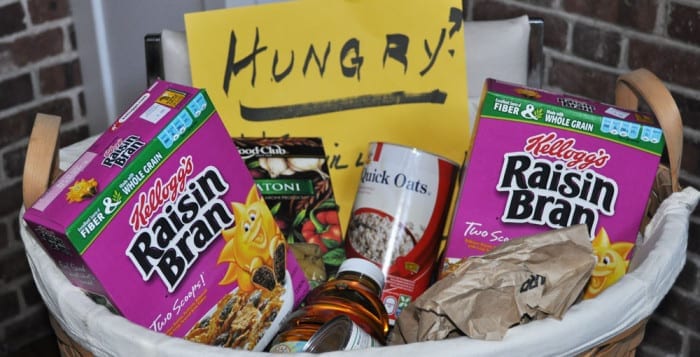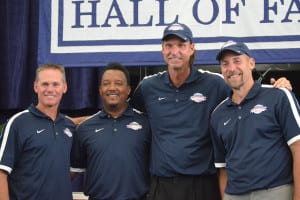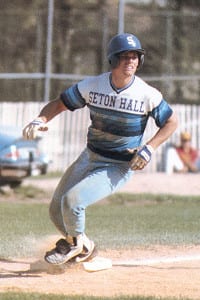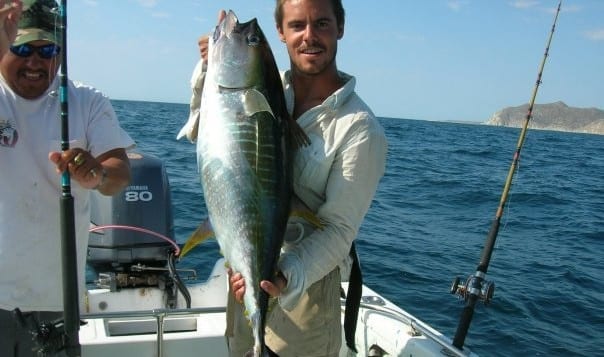The Huntington Town Zoning Board of Appeals is pushing pause on considering a plan to build a 7-Eleven in Centerport and wants more information on the proposal’s potential traffic and environmental impacts.
The application, which was scheduled for a public hearing before the ZBA today, Thursday, July 30, has been taken off the agenda, according to Robert Riekert, deputy director of planning and environment for the town. The decision came after the town received an engineer’s analysis of the 7-Eleven proposal earlier this week, requesting the applicant, 7-Eleven Inc., respond to a list of issues.
“The meeting was adjourned until a further date due to insufficiencies in their application,” Riekert said in an email.
Plans for a 7-Eleven have been in the works for a few years now. The company had tried to establish a new 7-Eleven store two years ago — the ZBA even granted approval for the business in 2013 — however, the effort was shut down by a lawsuit filed by Huntington attorney Darrin Berger, who worked with residents and the Centerport Harbor Civic Association. According to Berger, both 7-Eleven and the town didn’t properly evaluate the project’s impacts under the New York State Environmental Quality Review Act, also known as SEQRA.
The New York State Supreme Court agreed that the environmental review was not conducted properly, so progress for the 7-Eleven halted.

If approved, the convenience store would be a one-story, freestanding market on a 21,553 square foot parcel. An existing automotive repair shop currently on that land would be demolished to make way for the business. The proposed public hearing was meant for the ZBA to review a request for a special use permit and area variance in order to demolish the auto repair shop.
Dunn Engineering Associates P.C., a town-appointed engineering firm that reviewed the applicant’s traffic analysis, requested that 7-Eleven re-evaluate several points in its application to build a store on the northeast corner of Route 25A and Little Neck Road. Their concerns predominately had to do with traffic safety issues. Dunn Engineering Associates sent their opinions on the proposal to Christopher Modelewski, chairman of the ZBA, this week.
According to a letter from Walter Dunn Jr., president of Dunn Engineering Associates, to Modelewski, the applicant should request accident data in the vicinity of the proposed 7-Eleven site along Route 25A, Little Neck Road and Centerport Road.
“This data should be analyzed to minimize the possibility of traffic safety concerns created due to the addition of the proposed 7-Eleven convenience store,” Dunn said.
Traffic safety issues also included sight distance. Dunn said the engineers performed a sight distance investigation and concluded that 7-Eleven’s traffic engineer should review and verify the adequacy of the two proposed access points and the engineer’s findings.
In a previous letter, the firm noted that Route 25A and Little Neck Road both have considerable horizontal and vertical curvature in vicinity of the proposed site. In order to make sure that the curvature wouldn’t have a detrimental impact on the operations of the proposed access points, sight distance was evaluated at both locations.
While the engineers’ study discovered that sight visibility was limited at a certain section, it was determined that, due to traffic signals, a car would not be going at a fast enough speed for this to be considered dangerous. “Therefore sight distance at this driveway location is considered accurate,” Dunn wrote
7-Eleven has proposed establishing new turning lanes at the intersection if they are approved, however, the letter urged that 7-Eleven redo their capacity analyses for the separate right and left turning lanes and through lanes. Dunn Engineering Associates said that 7-Eleven should reverse their proposal of a separate right turn lane, and a shared left turn/through lane for more successful traffic flow.
The applicant also submitted a proposal to widen the west side of Little Neck Road to provide a southbound approach to Route 25A. This would provide a separate left turn lane and a combined through/right turn lane. Dunn suggested that this proposal be added into the traffic impact study so the town could further examine this possibility.
A final suggestion engineers introduced involves the issue of delivery trucks coming in and out of the area to supply 7-Eleven.
Kenneth Barnes, regional development director for 7-Eleven, made a statement in an affidavit in May, according to Dunn Engineering Associates, that there would be a commitment to restrict the size and movements of delivery trucks.
It was suggested that this commitment be added into the traffic impact study along with a statement, so that the town’s previous concerns that larger sized trucks couldn’t safely maneuver through the site or entrance of the proposed 7-Eleven are mitigated.
Meanwhile, Centerport residents are continuing their fight against the possibility of a new 7-Eleven.
Gloria Wertheimer, president of the Centerport Harbor Civic Association, said last week her group feels the project would bring additional traffic to an already congested area and a busy intersection. They also feel that it does not fit in with Centerport at all, a small business, local community driven area.
“It doesn’t belong here, we feel it’s going to draw the wrong type of crowd,” Wertheimer said.
7-Eleven did not return multiple calls seeking comment this week.

















